Affiliate links on Android Authority may earn us a commission. Learn more.
Flexible OLED displays: A gorgeous waste
Published onMarch 8, 2018
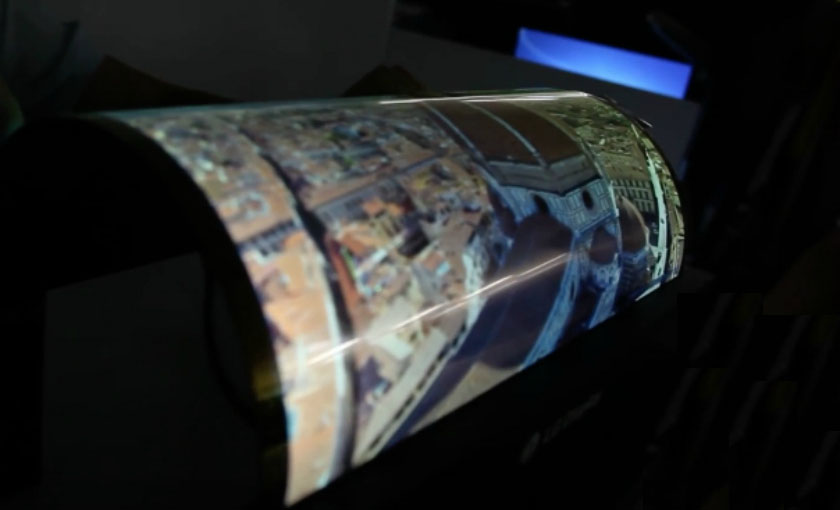
MWC 2018 didn’t feature any flexible phones, despite the hype that’s been building for years. However, you might not realize that flexible displays are already here. They could even be on your phone right now, if you’ve splurged on the latest and greatest.
Phones with durable organic LED (or OLED) screens like the Samsung Galaxy S8, S9, Note 8, and the iPhone X have the best displays on the market. However, this new breed of screens isn’t generating massive new sales, a fact some analysts predicted.
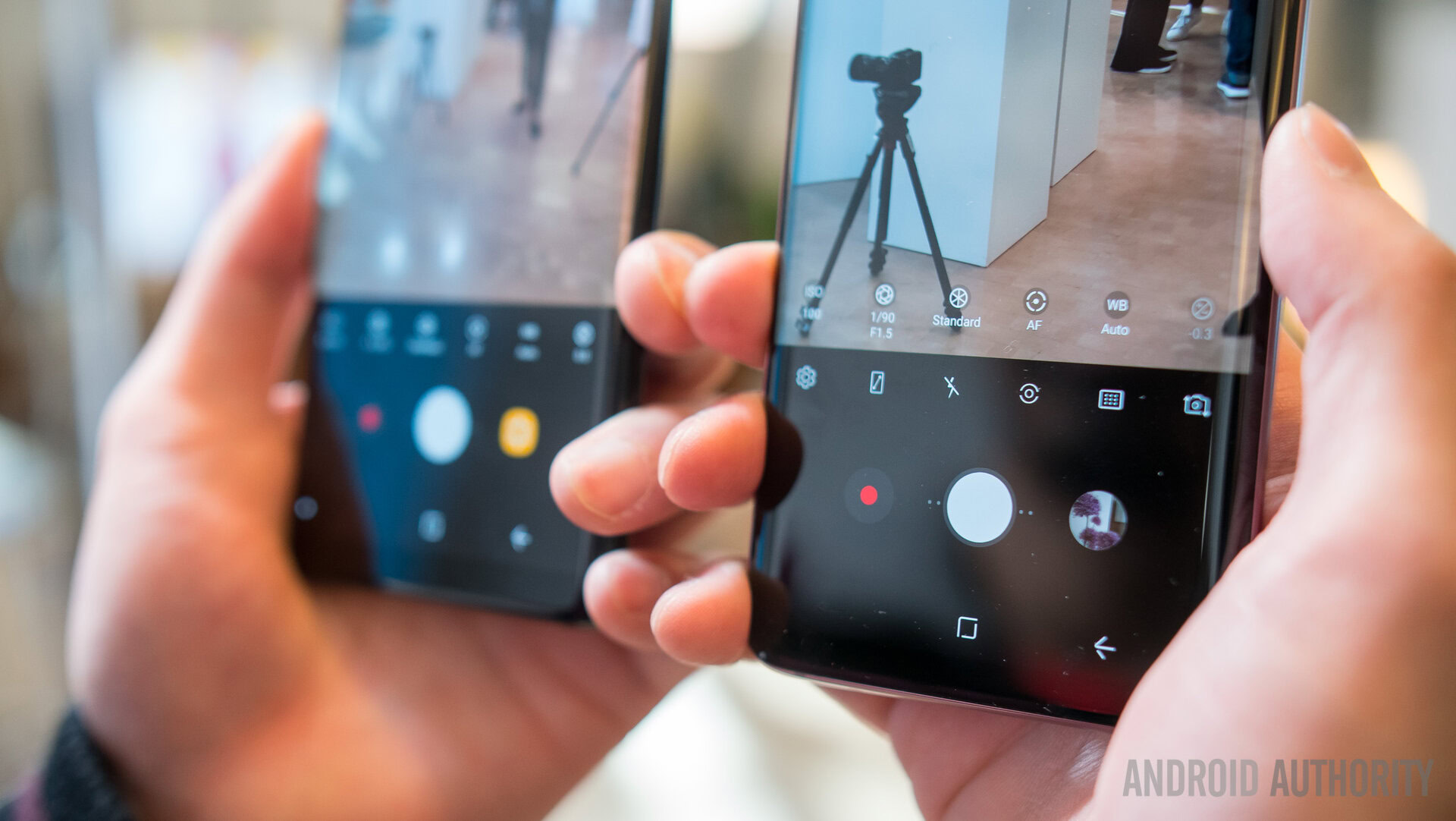
These phones actually all have flexible OLED displays — they’re just trapped in a rigid body. The promised land of super-bendy phones and roll-up screens hasn’t arrived, but the flex-tech is quite mature in displays.
Samsung owns more than 95 percent of the OLED market for smartphones, supplying itself and Apple with the best displays ever seen on smartphones.
Read Next: Best foldable phones
Samsung’s prowess in the industry is demonstrated by Apple utilizing a custom “Super Retina” OLED 5.8-inch display in the iPhone X with a substantially reduced bezel. The Galaxy S8 uses flexible OLED screen for its infinity screen, which curves on both sides of the device, but remains fully rigid due to being encased in hot-formed, hard cover glass.
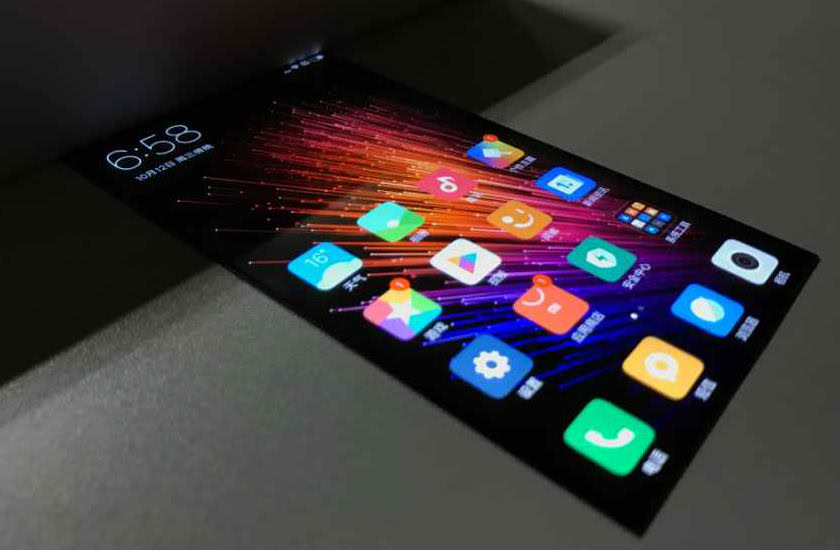
Both Samsung and flexible OLED displays will provide the best in premium smartphone displays throughout the current and next generation of high-end phones — likely well into 2019-2020 and beyond.
The problem is this: these best-ever displays haven’t created significant growth in the smartphone market. They’ve won significant praise though. The Galaxy S8 and Note 8 series represented a big return to form for Samsung, and the iPhone X beat Apple’s expectations, but we haven’t seen an explosion in demand for these premium smartphones. Instead, global smartphone sales are falling.
Why? In part because the flexibility we’re talking about here hasn’t yet made it’s way to a fully flexible device. Displays have been flexible for years, but there’s a lot more in a smartphone than just a screen. While prototypes have been demoed for a long time, no company is yet willing to take a risk and launch a smartphone with a fully flexible screen.
What flexible OLED technology has promoted so far is gorgeous screens encased in thinner and lighter packages. The flexibility allows for dramatically reduced bezel or bezel-less designs, and might allow for more unique form factors if any manufacturer is bold enough to move on from the ubiquitous rectangle. Samsung has more or less hinted at a bi-directional foldable device for some years, including this year at MWC 2018.
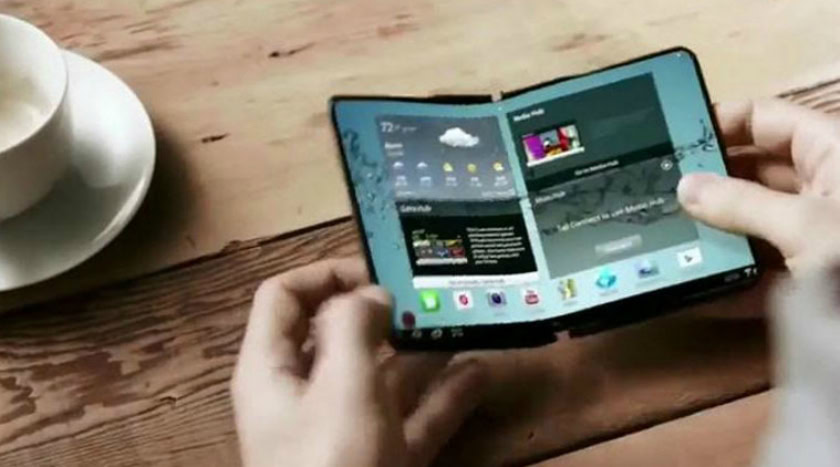
Why not fully-flexible?
At every CES in the past five to six years, we’ve seen super-flexible displays of all sizes from a range of display manufacturers. Some can be rolled-up like a banknote. Some can be folded — allowing your tablet to become smartphone sized, for example.
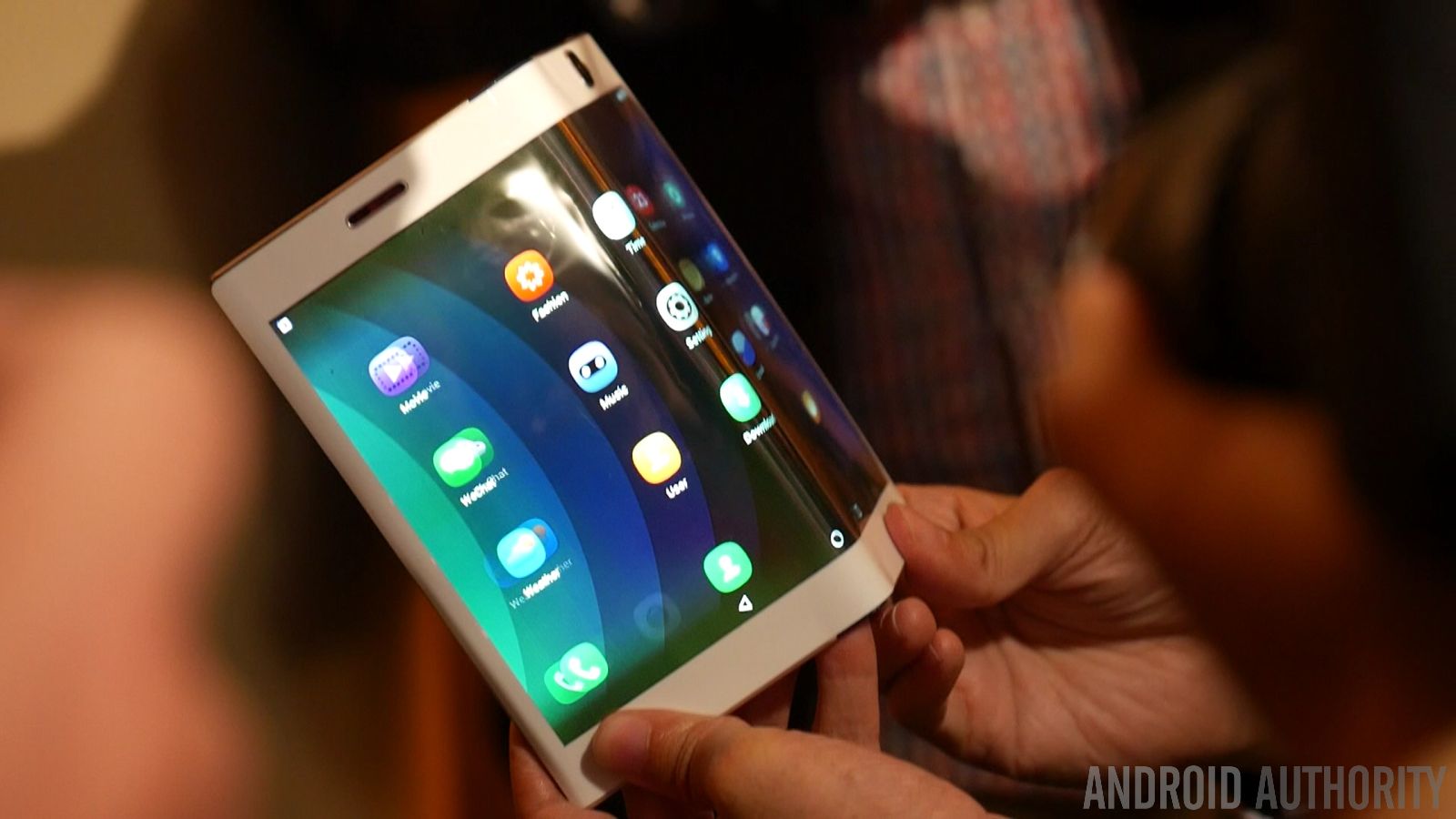
There’s a host of fairly obvious reasons why you can’t just roll up the latest smartphones. OLED displays contain organic material particularly susceptible to water, which makes rigid protection a necessity — for now. In terms of all the other parts, there is some progress. Flexible batteries do exist but nothing remotely close to the capacities we currently enjoy, as storing energy remains a significant problem. Add in a need for flexible processors, camera lenses and all other parts of a phone, and it’s a tall order. Some part of a phone still needs to be rigid, which means the use of a flexible panel becomes limited without some significant innovation.
Instead of flexible OLEDs giving high-end phone seekers a reason to buy, what we’re seeing is growth in smartphones on the low-end, where the industry depends on low-cost LTPS LCDs and even a-Si LCDs to create high-value phones.
What’s next?
The next frontier in display development looks to be a battle between further perfected OLED technology, quantum dots, and microLEDs (or mLED or µLED).
The latter two are accurately described by their names. Quantum dots (QD) are about the size of 10 helium atoms, and engineered to release absorbed energy as light in specific wavelengths. Unsurprisingly, this makes manufacturing incredibly complicated. (This is not what’s currently used by Samsung’s “Quantum Dot” TVs.)
QDs are already making it to market in liquid-crystal displays, where the QDs act as a display’s RGB LED-backlight. This is known as a “Quantum Dot Color Filter,” and it boosts an LCD by increasing contrast, brightness, viewing angles, and black levels. There are no burn-in issues because organic materials are not used, though OLED is still thinner and more flexible.
Micro-LEDs are somewhat easier to understand — they’re shrunken versions of the LEDs we know and love. The technology has the advantages of OLED like not requiring a backlight, very high contrast ratios, deep blacks, and lower power consumption.
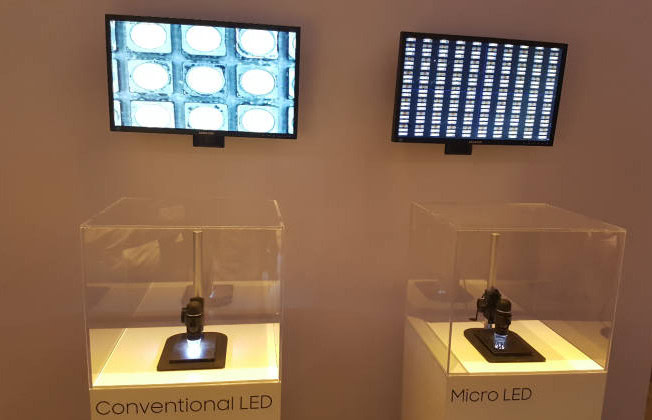
Apple, Samsung, and Sony are just some of the names involved in developing the tech. Just like QDs, the ridiculously tiny manufacturing tolerances lead to significant production hurdles.
What’s coming right now
The immediate future looks more like what we’ve seen from the Razer Phone, which has an LCD panel using IGZO semiconducting material for better performance, along with the big feature of higher-refresh rates and lower power requirements.

We should also see more OLED panels in mid-range phones, courtesy of a range of Chinese manufacturers getting into the space, though they probably won’t offer the performance seen in Samsung’s products for at least 18-24 months.
LG Display should also produce improved P-OLEDs, as yields and display quality improves. Both Sony and Apple are said to have committed to ordering flexible OLEDs for new smartphones, including a rumoured large iPhone variant as part of three new iPhones coming to market.
All in all, the one company that seems closest to the fringes of what a flexible future might hold is Samsung. Yet they are – quite fairly – reluctant to bring something to market before there’s a true use case. Don’t bet on a flexible smartphone in 2018, and don’t bet on flexible OLEDs driving up smartphone sales until we see some dramatic differences in devices.